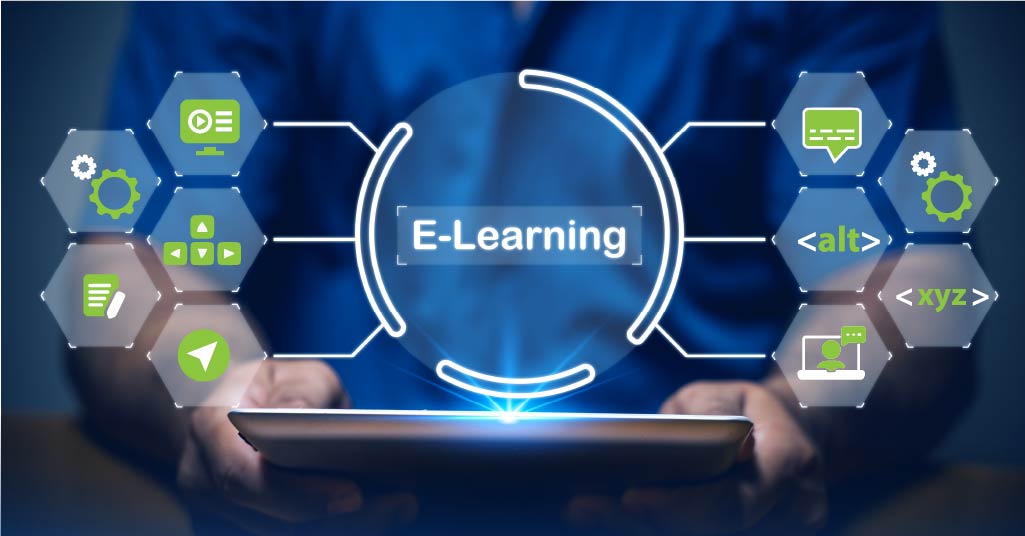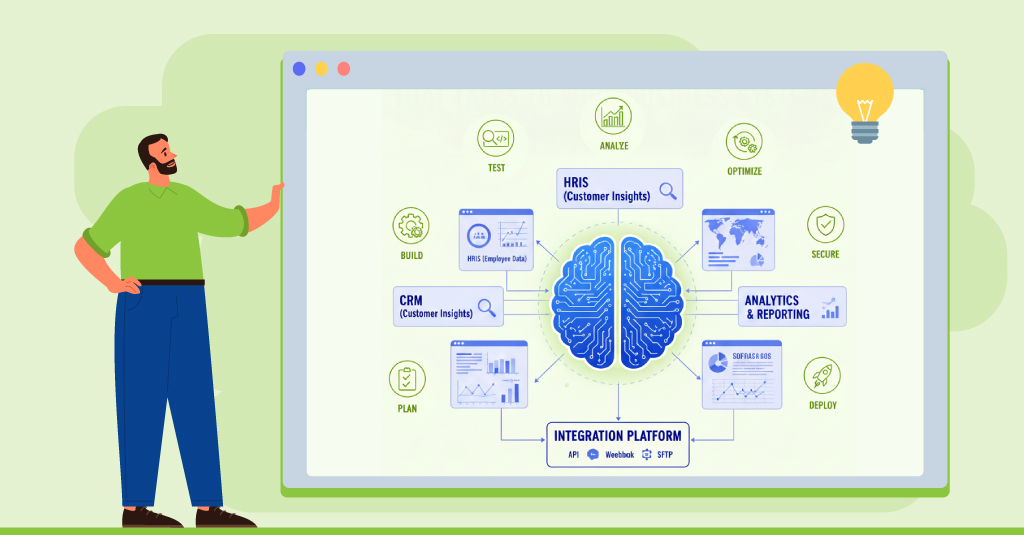The process of creating digital training courses that are adapted to an organization’s internal processes, brand standards, and performance goals is known as custom the learning process. For strategic projects like digital transformation, leadership development, onboarding, and compliance, tailored content is more successful than off-the-shelf courses because it conforms to company terminology, procedures, and learner demands.
Why Customization Matters
Enterprise learners have complex demands that are rarely met by generic training. Contextualized situations, industry-specific language, and workflows that replicate actual professional responsibilities are made possible by custom eLearning. This facilitates information transfer and application in roles, which is important for improving performance and changing behavior.
From the standpoint of design, models such as SAM (Successful Approximation Model) and ADDIE provide direction for the development process. SAM is perfect for businesses with short turnaround times or shifting demands since it allows for quick iteration, whereas ADDIE gives an organized approach.
Modern Formats That Drive Retention
Scenario-based learning and microlearning are two of the best teaching techniques. According to Cognitive burden Theory, microlearning provides brief, targeted instruction that lessen cognitive burden. Based on experiential learning, scenario-based learning fosters long-term memory by assisting students in making decisions in the actual world.
Multilingual and mobile-friendly solutions are crucial for remote or international teams. Cross-device interoperability, worldwide compliance standards, and localization must all be supported by enterprise learning systems.
Integrated Learning Ecosystems
Custom eLearning frequently enhances other modalities, including performance support tools, virtual instructor-led training (VILT), and instructor-led training (ILT). Integrated task aids, mobile checklists, and interactive instructions are utilized to promote learning in the course of work in high-stakes industries, including healthcare and aviation.
Prominent companies use performance consulting in their learning plans as well. This entails choosing the appropriate delivery technology, matching training to corporate KPIs, and charting the learner’s path.
Evaluating Impact
Organizations use frameworks like the Kirkpatrick Model to measure learning effectiveness. This model evaluates:
Learner reaction
Knowledge acquisition
Behavior change
Business outcomes
Some extend evaluation with the Phillips ROI Methodology to quantify financial returns.
Development Timelines and Team Involvement
The intricacy affects the development time. A typical module might last four to six weeks. An average module might run anywhere from four to six weeks. More complicated courses with gamification, branching, or high-interactivity elements may take 8–12 weeks to finishSuccessful implementation requires collaboration from subject matter experts, clear business objectives, and access to brand assets.
References:
-
Clark, R. C., & Mayer, R. E. (2016). e-Learning and the Science of Instruction. Wiley.
-
Allen, M. (2012). Leaving ADDIE for SAM. ASTD Press.
-
Kirkpatrick, D. L., & Kirkpatrick, J. D. (2006). Evaluating Training Programs. Berrett-Koehler.

















